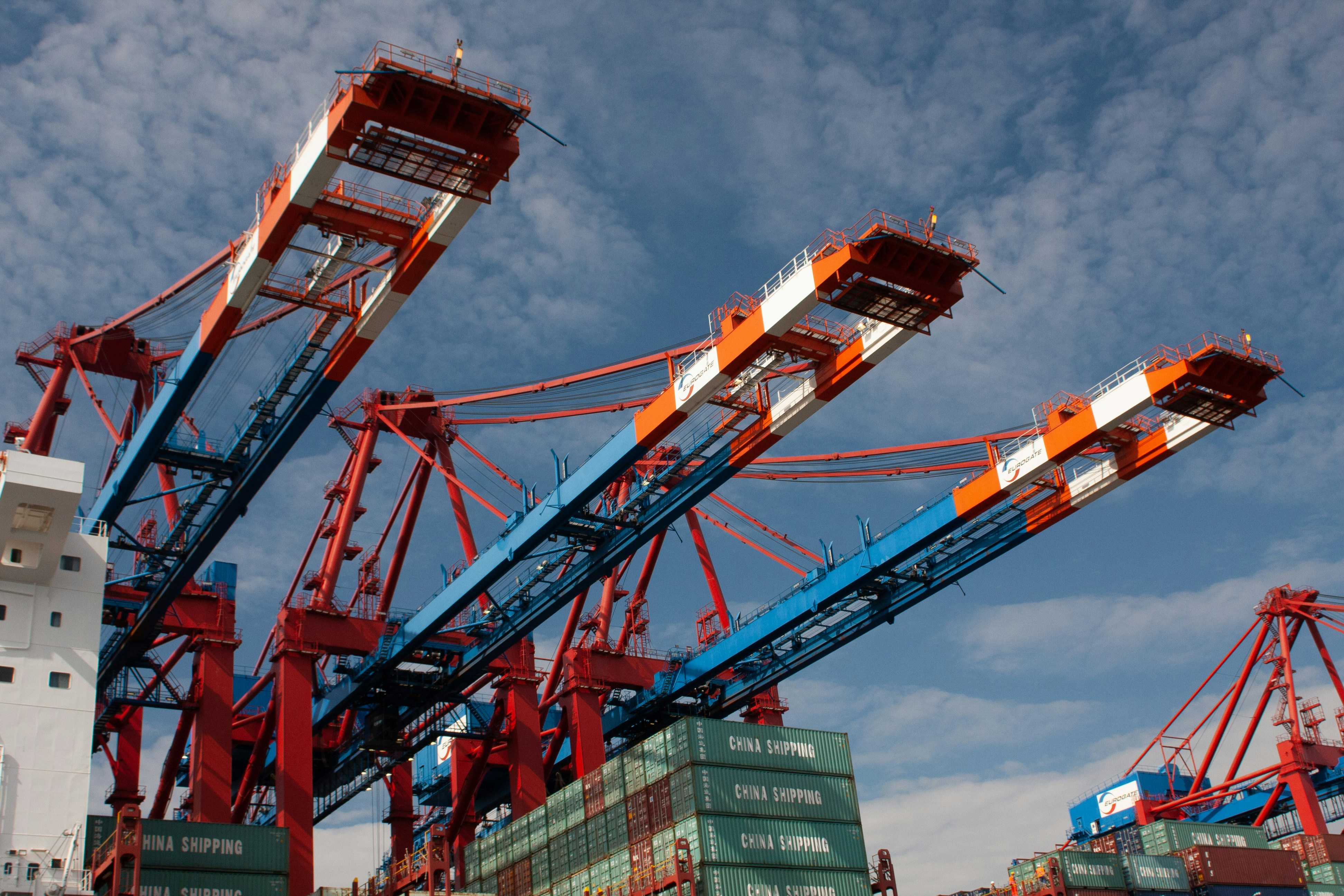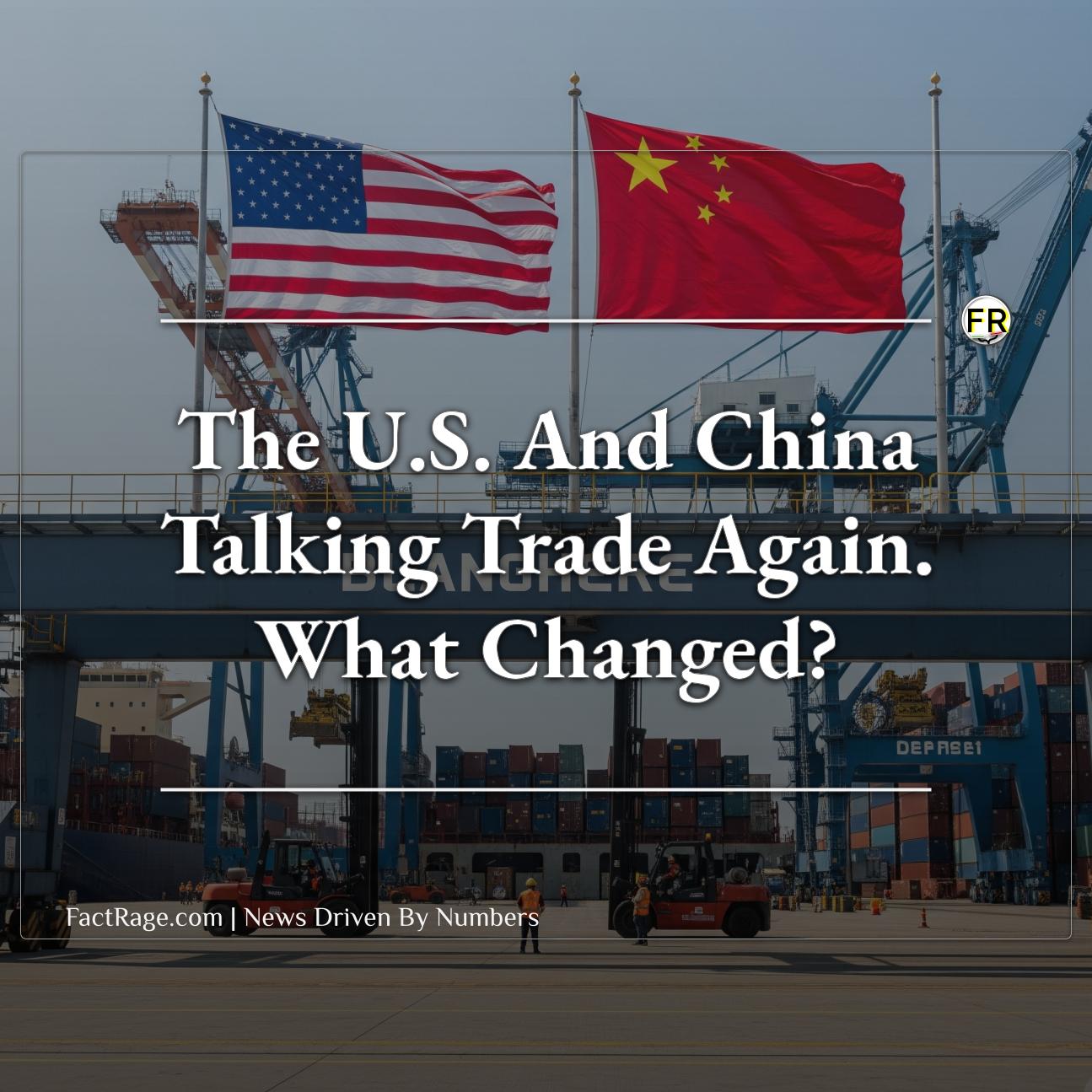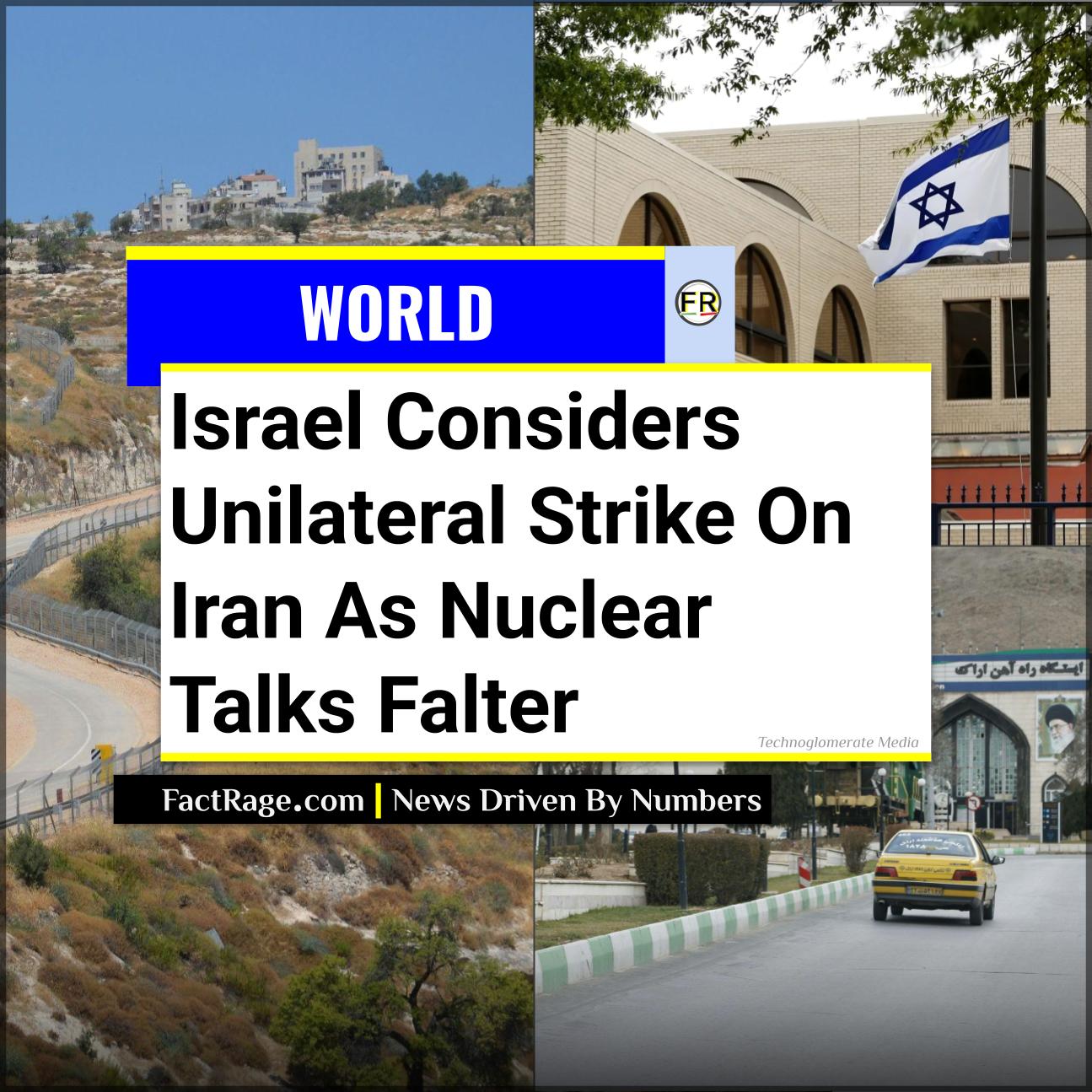WASHINGTON, DC – United States President Donald Trump and Chinese President Xi Jinping held a significant phone call on Thursday, with both sides confirming they have agreed to revive trade talks between the two economic giants.
Key Insights:
- Leaders’ Communication – President Trump initiated the phone call with President Xi, which Trump described on Truth Social as a ‘very good phone call.’
- Trade Talks to Resume – Both Washington and Beijing have indicated that their respective trade teams will be meeting again ‘shortly’ to continue negotiations.
- Context of Tensions – The call follows a temporary agreement in May to lower tariffs, but recent weeks have seen escalating tensions, including disputes over rare earth minerals and other trade barriers.
The discussion between the two leaders aims to find a path forward after a period of increased friction in the U.S.-China trade relationship.
Diplomatic Overture: A “Very Good Phone Call”

President Donald Trump announced via a post on Truth Social that he had a “very good phone call” with Chinese President Xi Jinping on Thursday. According to Beijing’s Ministry of Foreign Affairs and the Chinese embassy in the U.S., the call was initiated by Trump. Chinese state media also confirmed the exchange.
Trump stated that the conversation, which the New York Times reported lasted around an hour and a half, focused on trade. He indicated that their trade teams would be meeting again “shortly,” though a specific location or date has not yet been announced. Reports also suggested that mutual invitations for state visits were extended. What specific concessions or immediate changes, if any, were agreed upon during the call remains unclear.
Background of Fraught Negotiations
The communication comes after a volatile period in U.S.-China trade relations. In May, the two countries had agreed to a temporary lowering of tariffs, which briefly boosted markets with hopes that the worst of the trade turmoil might be over. The S&P 500, for instance, saw its best month since November 2023 due to this development.
However, tensions resurfaced. Recent disputes have involved China’s restrictions on exports of rare earth minerals, critical for various U.S. industries including defense, and U.S. actions such as halting some technology exports to China and proposing visa restrictions for some Chinese students. Prior to the May truce, the U.S. had raised tariffs on Chinese goods to a minimum of 145 percent, with China retaliating with duties up to 125 percent on American imports, effectively stifling bilateral trade. The core question is whether these new talks can lead to a more lasting resolution.
Market Response and Analyst Outlook

News of the call and the agreement to resume talks prompted a positive, albeit cautious, reaction in the financial markets. The S&P 500 rose by 0.4%, and the Nasdaq Composite climbed about 0.7% on Thursday. The Dow Jones Industrial Average also saw an increase of approximately 123 points.
Despite the uptick, some analysts remain circumspect. Jay Hatfield, CEO of Infrastructure Capital Advisors, commented, “It’s positive they’re talking, but I think that the China deal will come well after other deals… The chances of just quickly coming to some resolution seems extremely low to me.”
Chinese President Xi Jinping reportedly emphasized the need for cooperation and respect, calling for the U.S. to take a “realistic view” of progress and withdraw “negative initiatives.” He also reiterated China’s stance on Taiwan, urging the U.S. to avoid actions that could lead to conflict. The broader implications of this renewed dialogue will be closely watched by global markets and policymakers.









